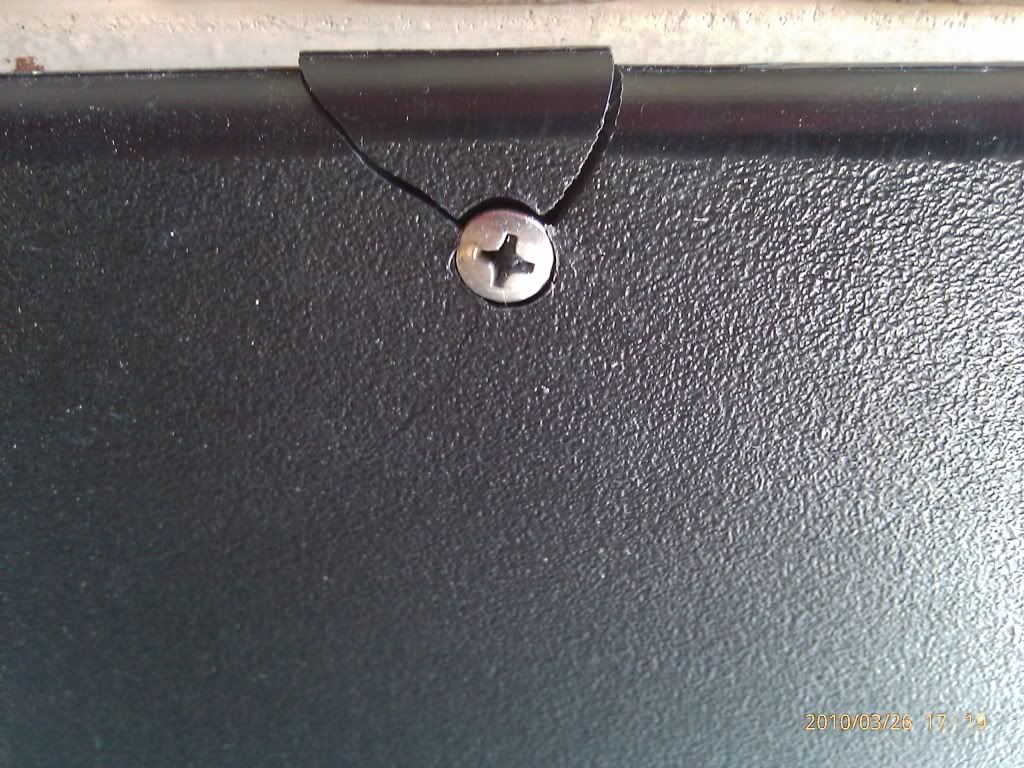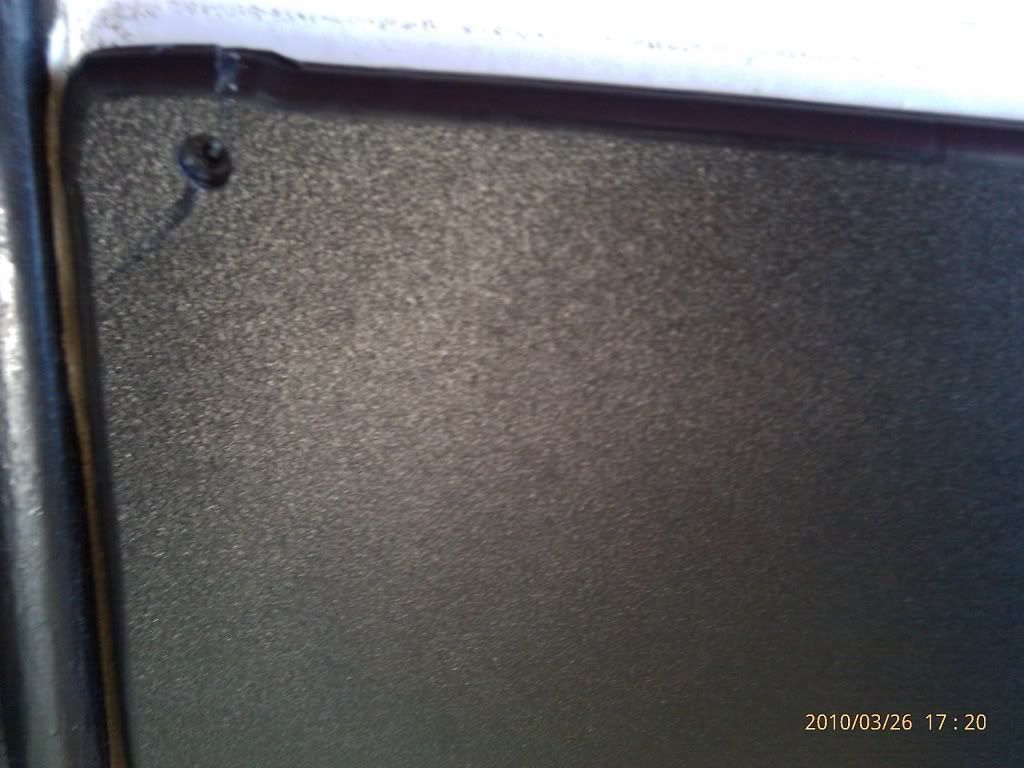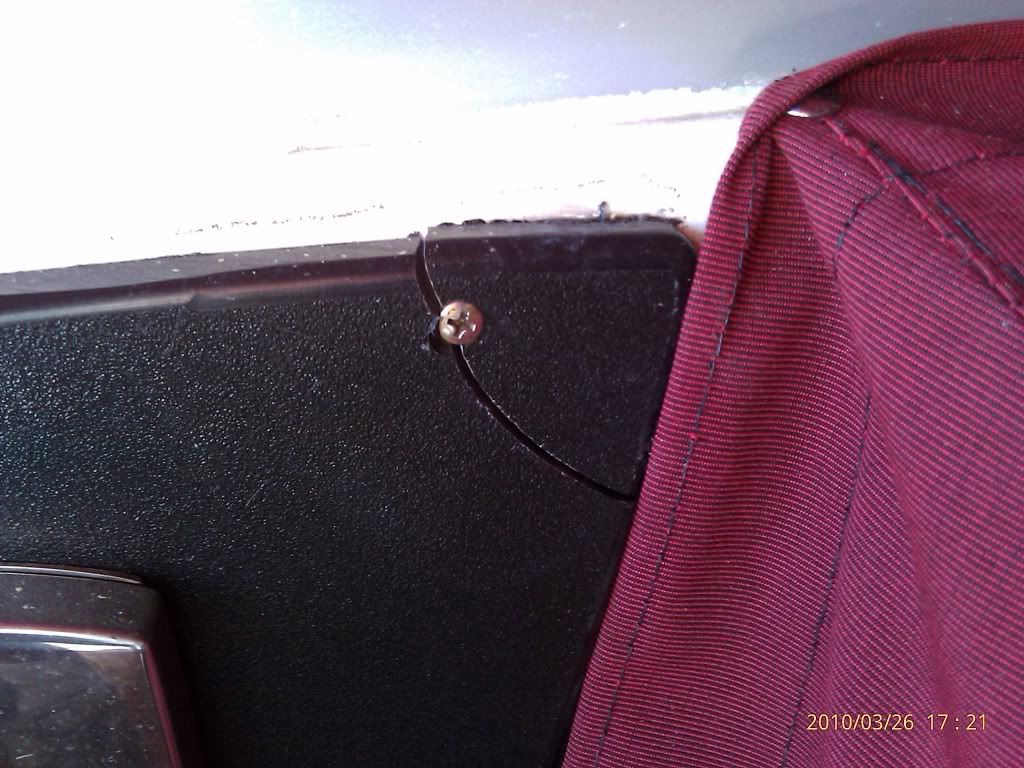tobnpr
New Member
Here's this guy again.:smt043
If you've got something to say, say it...no need to be cryptic, what's your point|
I've not used Coosa. It's not cheap, but neither is replacing the swim platform in a few years. If you're going to consider it, PM our sponsor, Jim. He used it when restoring his Seacraft.
The problem with swim platforms is that there's constantly shifting stesses on the fasteners- eventually they can begin to "work", the sealant around the fasteners fails, and water gets into the core. If I were to build it with a plywood core, I'd overdrill the holes and fill with thickened epoxy, then re-drill for the fasteners as has been discussed here before.
Edited to add:
These are pictures of the results of the thermal expansion/contraction of Starboard/Seaboard. No, the fasteners were not overtightened at installation. Fortunately it splits cleanly, I'm going to glue the pieces back together and throw in a dummy screw head and drill for new fasteners nearby. This time I'm going to overdrill the holes...



Last edited:



